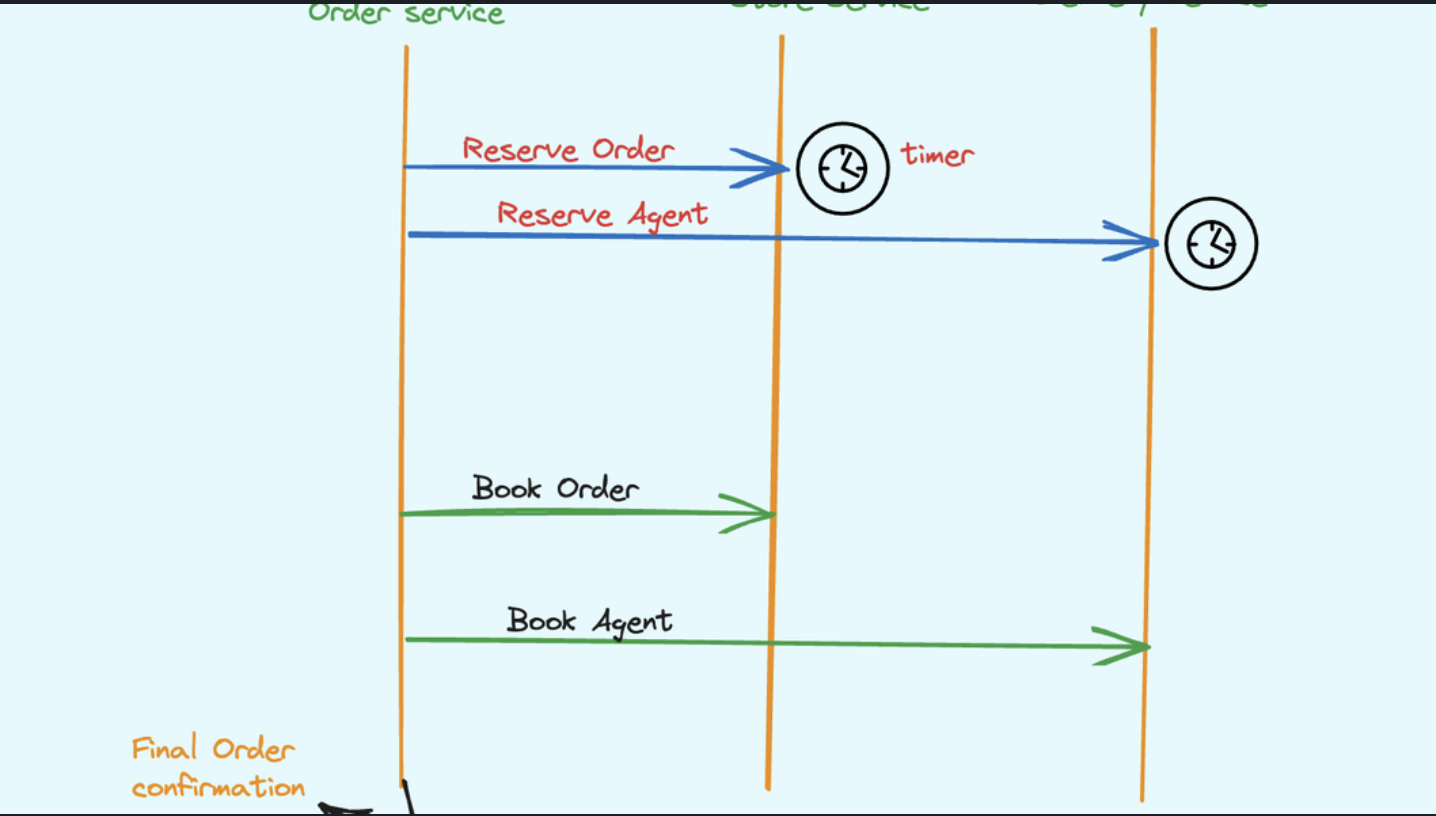In the lifeblood of commerce, the bane of our wallets, and the data point causing endless confusion when it comes to storage. Should you store them as-is, or convert them to the lowest fraction of the currency? Fear not, fellow data enthusiasts, for this 5-minute guide will demystify the best ways to store prices in your SQL database!
Data Type Dilemma: DECIMAL vs. NUMERIC
First things first, let’s talk data types. Storing prices as integers (LIKE INT) is tempting, but it throws away precious decimal places, leading to inaccurate calculations (imagine selling a $10.99 item for $10!). Instead, we need data types designed for decimals:
-
DECIMAL(p, s): The Swiss Army Knife of price storage. p tells the database how many digits you need (say, 10 for up to $9,999,999,999.99), while s specifies the decimal places (like 2 for two cents). It’s flexible, accurate, and supported by most databases.
-
NUMERIC(p, s): The precision prince. If you absolutely need guaranteed precision to the last digit, this is your guy. But beware, it might be a bit slower and take up more storage space than good ol’ DECIMAL.
Direct Value or Lowest Fraction?
Now, the big question: should you store the price directly ($10.99) or convert it to the lowest fraction (1099 cents)? In most cases, go direct! Converting adds unnecessary complexity and calculations. Think about it: you wouldn’t show prices as fractions on your website, so why store them that way?
Only consider the fraction route if:
-
You need extreme precision (think high-frequency trading or scientific experiments).
-
You’re dealing with currencies with tiny denominations (imagine storing prices in Vietnamese đồng).
-
You’re constantly performing complex arithmetic on prices (like calculating price variations down to the microcent).
Sample Code Snippets:
Here’s how you might structure your table depending on your choice:
Direct Value:
CREATE TABLE products (
product_id INT PRIMARY KEY AUTO_INCREMENT,
name VARCHAR(255) NOT NULL,
price DECIMAL(10, 2) NOT NULL
);
Lowest Fraction:
CREATE TABLE products (
product_id INT PRIMARY KEY AUTO_INCREMENT,
name VARCHAR(255) NOT NULL,
price_in_cents INT NOT NULL
);
At the End:
Factors to Consider:
-
Database engine capabilities: While most engines support DECIMAL and NUMERIC, check for any specific limitations.
-
Performance implications: Choose the data type that balances precision and accuracy with performance needs.
-
Currency support: If storing multiple currencies, ensure the data type can accommodate their differing decimal places.
-
Future use cases: Anticipate how you might need to work with price data in the future to guide your choice.
-
Consider your database engine’s capabilities.
-
Balance precision and performance.
-
Think about future use cases.
By following these tips, you’ll store your prices like a pro, ensuring accurate calculations and happy customers (or investors, if you’re into that). So, go forth and conquer the world of SQL pricing, one decimal point at a time!💡



